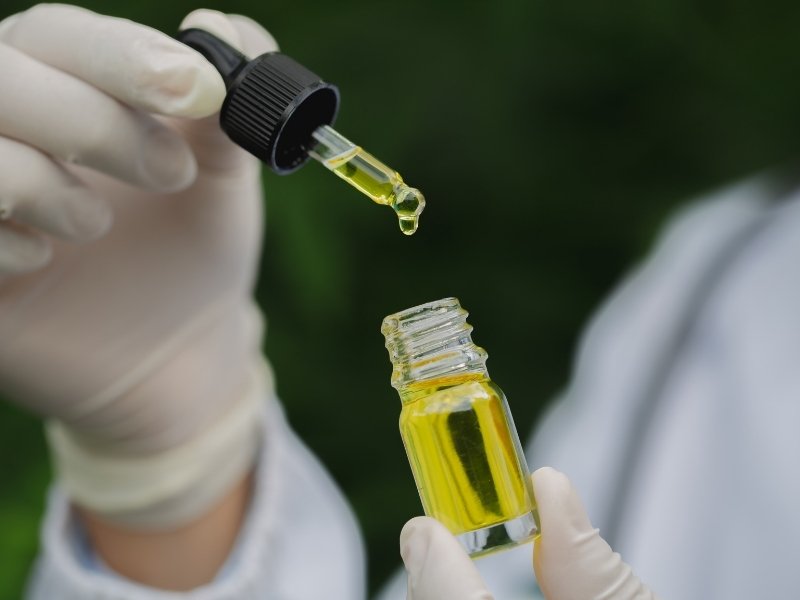Anyone who is familiar with cannabis – and most who aren’t – can recognize the plant’s strong, earthy scent. What is responsible for this familiar smell? Terpenes. Scientifically speaking, terpenes are chains of carbon and hydrogen atoms within plants, often as a way to protect the plant against foraging birds and insects. Terpenes in cannabis specifically can vary greatly from strain to strain – Cannabis has upwards of 200 terpenes that we know of so far. While there is still a lot of learn about terpenes, we know that they have an influence on the flavor, smell, and effect of different strains of cannabis. Similar to essential oils, terpenes bind to the olfactory receptors in the nose, helping with relaxation, inspiration, or pain relief.
Terpene Varieties
Because there are so many different varieties of terpenes, we will discuss some of the more popular/widely found kinds. Those familiar with essential oils like lavender will be familiar with Linalool. Typically used for sleep support and low levels of pain management, Linalool is often used to help those with depression and anxiety, or sleep issues, and it can also be used for pain management. The most abundantly found terpene in the plant world is Pinene. Pinene helps the body to absorb other terpenes that appear alongside it. Pinene can be helpful for concentration and memory issues, and can also be used for anti-inflammatory benefits. Limonene is another terpene that will be familiar to essential oil fans – appearing in many citrus plants and ginger. Limonene is antibacterial, antifungal, and helps with stress.
A sub-category of terpenes are the sesquiterpenes, which are heavier molecules with stronger smells. Many of the sesquiterpenes have anti-inflammatory and anti-bacterial properties. Caryophyllene, the most abundant of the sesquiterpenes, is found in a number of familiar plants like cloves, oregano, and black pepper, and is responsible for the spicy, warm smell of these plants. It has anti-inflammatory properties and can help manage anxiety and depression.
| Terpene Name: | Also found in: | Used for: |
| Caryophyllen | Clove, black pepper | Pain relief, anti-bacterial, anti-inflammatory, anxiety relief, anti-depressant |
| Humulene | Hops, ginseng | Pain relief, anti-bacterial, anti-inflammatory, decreases appetite, increases energy |
| Limonene | Citrus peels | Anti-bacterial, anti-convulsant, anti-depressant, anti-fungal, stress relief, acid reflux relief, anxiety relief |
| Linalool | Lavender | Pain relief, anti-convulsant, anti-psychotic, anxiety relief, sleep aid, relaxation |
| Myrcene | Mango, hops | Pain relief, anti-inflammatory, anti-psychotic, increases effects of THC |
| Pinene | Rosemary, pine needles | Anti-biotic, anti-inflammatory, aids focus and concentration, increases energy |
| Terpinlene | Apple, sage, lilac, tea tree | Anti-bacterial, anti-fungal, relaxation |
Conclusion
Terpenes are only one element of cannabis that make the plant so diverse and worthy of study. With benefits ranging from sleep-aid, to pain management, to lessening the symptoms of depression, there are many reasons to learn about terpenes and how they can work for you.
Bibliography
- Bennett, P. (2019, February 5). What is caryophyllene and what does this cannabis terpene do? Retrieved from Leafly.com: https://www.leafly.com/news/science-tech/caryophyllene-terpene
- Stone, E. (2021, November 10). What are cannabis terpenes and what do they do? Retrieved from Leafly.com: https://www.leafly.com/news/cannabis-101/terpenes-the-flavors-of-cannabis-aromatherapy
- Sweet, T. (2020). The Wholistic Healing Guide to Cannabis. North Adams, MA: Storey Publishing.


